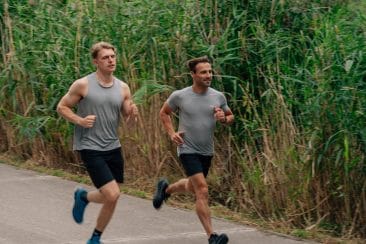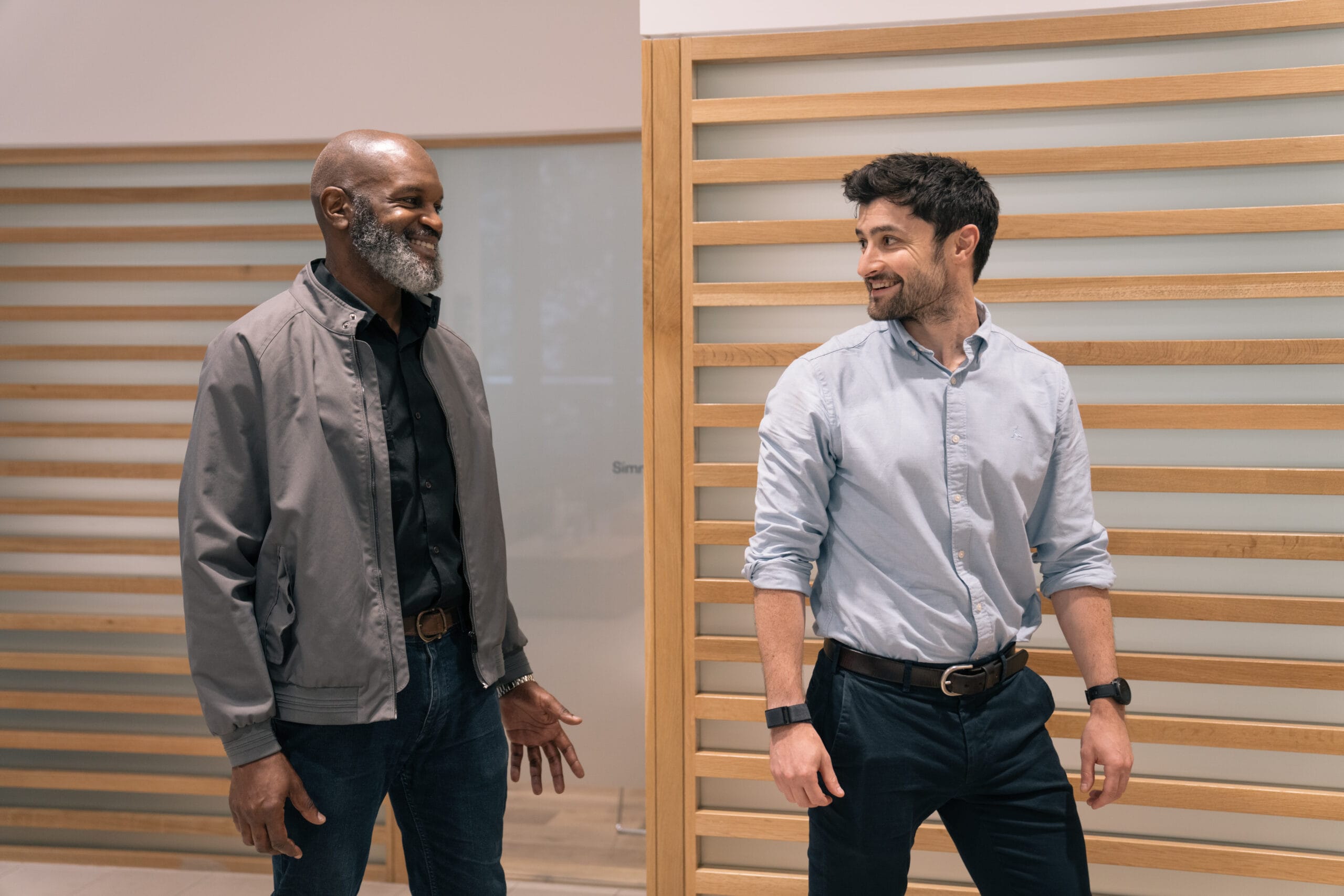Multi-Directional Fitness: Strategies for a Safe Return to Sport

Claire Small
Chief Clinical Officer & Consultant Physiotherapist
- 3 August, 2020
- Exercise
- 3 min read
Multi-Directional Fitness: Strategies for a Safe Return to Sport

As lockdown measures began to ease here in the UK the much anticipated return to recreational sport was on many people’s minds.
Many of us spent lockdown doing at-home fitness classes, bike rides and steady state running at varying levels to attempt to maintain our physical capabilities. This has been a key part of maintaining physical and mental health – as well as preparation – but how prepared are you to return fully to the sport and exercise you love?
Would you feel comfortable playing 5-a side football or a tennis match? Have you already started again and feel like you’re not able to move or perform in the same way you did before? Let’s look at a few key factors for returning to sport, and how we can address them.
How appropriate is steady state fitness and HIIT?
There are two competing issues with how constant speed runs and HIIT compare to recreational sports, these are: Physiological and Biomechanical.
Physiologically there is a degree of transfer with most sport consisting of low intensity exercise periods, interspersed with high intensity periods. In football, for example, Reilly and Thomas (1976) showed that on average players spent 24% walking, 36% jogging, 20% cruising, 11% sprinting, 7% moving backwards and 2% moving with the ball. Kilit et al (2018) in tennis also found that Work:Rest ratio (time spent playing compared to time spent resting on court) was between 1:1.7-2.5.
In many respects both these examples illustrate that many of our ‘lockdown’ activities can compare to this is, if performed for sufficient duration and utilising different intensity or speed intervals; bearing in mind most football matches or tennis games (even recreationally) last more than one hour!
Biomechanical
A key issue arises once we compare ‘lockdown’ exercise to normal sport in terms of directional movement; how we produce it and its impact on our bodies.
Many of us will have played a game of tennis, squash or football after a long break and noticed the next day the new aches and pains in our back, groins or calfs, and this represents the significant challenge for our bodies when we do multi-directional activities.
High velocity change of direction tasks, such as playing football or tennis, present a significant tax on our muscles, joints and neuromuscular system as a whole – something that is not present during steady speed or straight line exercise. As Delaney et al (2015) notes, our body is subjected to significantly greater forces than our bodyweight when decelerating and due to having to control the position of our centre of mass is under even greater strain when changing direction. Decelerating and changing direction are key parts of nearly all recreational sports, and the load it places requires coordination of far more of our muscles and joints and at greater intensity than regular exercise can often replicate.
There is also the added unplanned nature of sport that adds to this intensity, whereas in the gym or on a run, we are able to anticipate and brace against these forces to an extent, in a game situation we are often making very quick, unplanned adjustments.
How can I bridge the gap?
This is where our team of specialist Strength and Conditioning Coaches form a key part of this process. Just as when we complete the rehabilitation process to return someone to sport from injury, there are many things we can advise to help with the return to sport following lockdown.
Change of direction drills should take place like any other form of exercise gradually increasing in intensity and complexity before returning to a training environment. Similarly how we train in the gym can help prepare for the demands, providing multiplanar exercises at higher speeds
Football
Using football as an example, early in pre-season, most teams will have their players complete multidirectional ‘dribble tracks . This concept involves getting players to progress through a course of cones, laid out across a pitch, at a moderate speed, running with and without the ball. By doing this for extended periods of time (between 2-8 minute blocks) players can be exposed to changing direction and game specific skills, such as touch and close control, in a semi-planned setting before training with groups.
Tennis
Similarly the demands of tennis can be gradually reintroduced by using the lines on the tennis court as a guide for fitness drills. Running in set intervals of 30 seconds to 2 minutes, players can move laterally along the baseline, and accelerate forwards, backwards and diagonally to different parts of the court.
Adding intensity can be as easy as increasing speed and reducing rest between blocks, asking someone to shout which direction to turn, through to having the player hold a racket and occasionally return shots.
Next steps…
Getting a head start on multi-directional fitness ahead of a new season or period of play should be a key priority in reducing risk of injury and allowing us to hit the ground running when we can play sport again. Speaking to our team is a great first step to ensure that you are on the right track (ideally a track with a few twists and turns in there).

Advice
Over the last 20+ years our experts have helped more than 100,000 patients, but we don’t stop there. We also like to share our knowledge and insight to help people lead healthier lives, and here you will find our extensive library of advice on a variety of topics to help you do the same.
OUR ADVICE HUBS See all Advice Hubs

